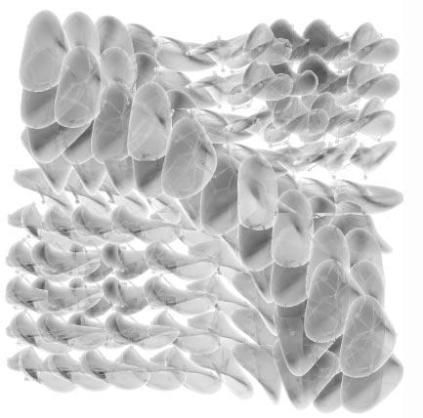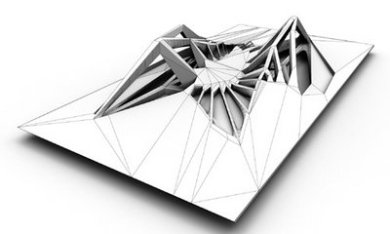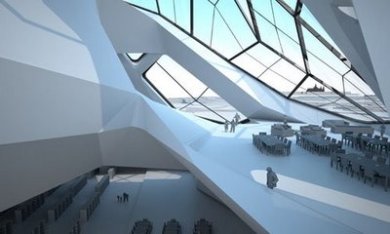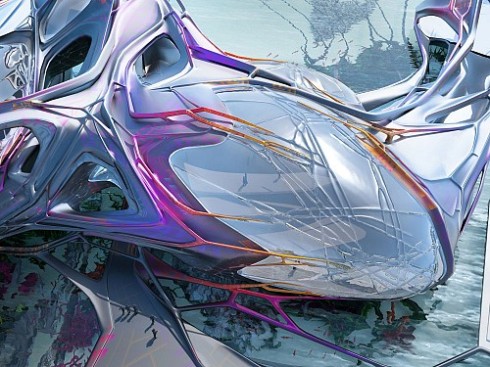Background
Emergence is the one of the shape development techniques that organise complex or multiple surfaces in an interactive way. This process employs digital medias (digital softwares also outside the design industry) as tools to create ideas in an analogical or metaphorical way which has been used in architecture for a few decades. In this project, this contemporary approach is intended to borrow and apply to automobile design in response to its dynamic context while automotive is uninspiring. This iterative and experimental process has a new generative possibilities. The design context here is purely technical. This study of using emmergence, initiated in the hope to innovate the automobile in the way that human agglomerates in the digital age.
Methodology
Exploration
A system of influences or events are generators to initiate the design process is first defined. They could be abstract analogies for environmental influences such as wind, light, sound, smoke, ripple patterns in a sand dune, water, school of fish, flock of birds or a spiral trace of a leaf to capture its movement. It could also be contextual phenonmena such as pedestrian and vehicular movements, urban vistas, WWW and the internet, patterns and intensities, kinematics and dynamics. Emergence is seen as a collective and there is a casual relation among individual units in different scales. The behaviour will be specified to satisfy the functions of automobile.
Generative design
Morphing techniques, in which dissimilar forms are blended to produce a range of hybrid forms that combine formal attributes of the “base’ and “target” objects. , twisting and bending create variations of form but maintain the same structure.
Parametric design
It entails a procedural, algorithmic description of geometry. A highly complex hierarchy of interdependences (top-down) and decentralized organisation could be introduced to the model. Geometies are variables and multiplicity.
Performance-based design
Therefore, the form was dictated by user services (interior) and functional constraint such as aerodynamics (exterior). The performance-based criteria could be i.e. light levels or structural load resistance, set of aesthetic principles.
Rapid prototyping
Physical models can be generated by computer numerically controlled machine (CNC), 3D scanning, laser cutting and robots
The results/findings of the research
The form and its changes become products of the dynamic actions . Unprecedented form is expected.
Discussions
Emergence allows complex identities merge into a single body and system with the interconnections. Systems such as man-made object systems (cloud-computing), and infrastructures the vehicle to grid (V2G) as well as natural eco systems can be further studied through mappings.
Factors such as spatial articulation, user engagement, intuition interface and dimension & proportion should be concerned. Monoque or semi-monoque body would be the most appropriate strategy.
Conclusion
The idea of using a digital media can be expanded to the manufacturing. “Intelligent production” is to mass customize different needs to deliever one-off production. Composition of materials can be engineered precisly to meet specific criteria depending on the context. By combing emerging technologies such as Siri, artificial intelligence to automotive, a two way communication between cars and users can happen. Many other new understandings and potentials can be created by combing the emerging and the past technologies.
Keywords
Emergence, Digital Medias, Experiments, (Plug-in Hybrids), Intelligence

The possibilities of form

Imagine it is the exterior of a car…

interiors of a car…

Outcome?

























